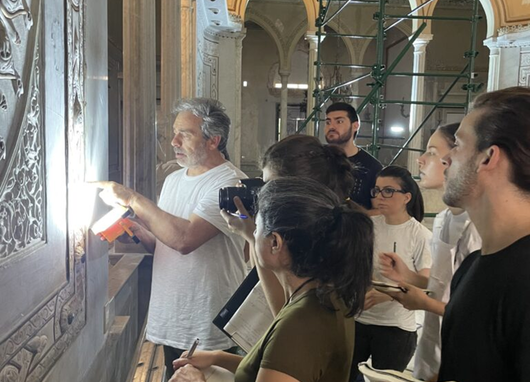
Conservation of Beirut cultural heritage and post-dicaster recovery
Lebanon
| Architecture, History
L'instrument "Research Partnership Grants" a été lancé pour la première fois en octobre 2021. 36 candidatures ont été déposées. Les résultats ont été publiés à la fin du mois de mars 2022.
L'instrument "Research Partnership Grants" vise à développer de nouveaux projets de recherche conjoints ou à connecter des projets déjà existants et financés indépendamment en Suisse et dans les pays partenaires de la région MENA, dans le but de créer une coopération à long terme. L'objectif de cet instrument est de permettre aux chercheurs de mener des travaux documentaires, des recherches de terrain ou des études de faisabilité en laboratoire, afin de déposer des demandes des subventions auprès d'autres organismes de financement (organismes de financement nationaux ou des programmes de financement de l'UE), et/ou de développer des partenariats à long terme entre deux institutions ou groupes de recherche. Les activités visant à intensifier l'enseignement conjoint ou le développement de programmes d'études sont également éligibles pour cette subvention.
L'instrument "Research Partnership Grants" a été lancé une fois par année en 2021, 2022 et 2023. Le texte de l'appel à projets 2021 est disponible ci-dessous.
Le premier appel à projets a été publié en octobre 2021. A l'échéance du 3 janvier 2022, 36 candidatures avaient été déposées. Après contrôle de l'éligibilité, évaluation par des évaluateurs externes, et sélection par un comité, dix projets ont été retenus pour un financement. Des informations détaillées sur les projets retenus sont disponibles ci-dessous.